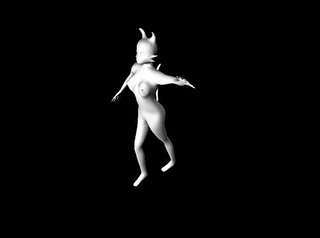![[Source: pxfuel ]](https://fabbaloo.com/wp-content/uploads/2020/05/Toy-Industry_img_5eb067de2cbf3.png)
[Source: pxfuel]
Charles Goulding of R&D Tax Savers examines the use of 3D printing to counter supply chain disruptions in the toy industry.
The toy industry supply chain is being relentlessly battered by a series of major events.
Starting with the Toys ‘R’ Us bankruptcy in September 2017, followed by the Hong Kong protests beginning in March 2019, and now the novel coronavirus pandemic, the toy industry supply chain has been devastated and many long-term suppliers are confronting bankruptcy.
Nonetheless, this industry challenge may present some unique opportunities for niche toy industry suppliers that are operating in more insulated geographies who can use 3D printing design production capabilities to satisfy this season’s demand requirements.
3D printing can be used to rapidly prototype and even produce limited runs of toys. Puzzles, games, ornaments, action figures, and more can be made with localized production through the use of on-demand additive manufacturing.
Companies who are doing so may be entitled to R&D tax credits.
The Research & Development Tax Credit
Enacted in 1981, the now permanent Federal Research and Development (R&D) Tax Credit allows a credit that typically ranges from 4%-7% of eligible spending for new and improved products and processes. Qualified research must meet the following four criteria:
-
Must be technological in nature
-
Must be a component of the taxpayer’s business
-
Must represent R&D in the experimental sense and generally includes all such costs related to the development or improvement of a product or process
-
Must eliminate uncertainty through a process of experimentation that considers one or more alternatives
Eligible costs include US employee wages, cost of supplies consumed in the R&D process, cost of pre-production testing, US contract research expenses, and certain costs associated with developing a patent.
On December 18, 2015, President Obama signed the PATH Act, making the R&D Tax Credit permanent. Beginning in 2016, the R&D credit can be used to offset Alternative Minimum tax for companies with revenue below $50MM and, startup businesses can obtain up to $250,000 per year in payroll tax cash rebates.
Conclusion
Often times a crisis still presents some opportunities. Agile toy suppliers may be able to use 3D printing capability to find some new markets this year just in time for the holiday season.

